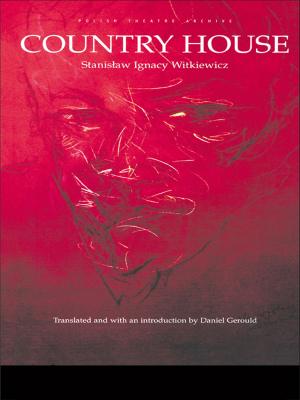Writing Strategies That Work
Do This--Not That!
Nonfiction, Reference & Language, Education & Teaching, Secondary Education, Teaching, Teaching Methods| Author: | Lori G. Wilfong | ISBN: | 9781317607199 |
| Publisher: | Taylor and Francis | Publication: | April 24, 2015 |
| Imprint: | Routledge | Language: | English |
| Author: | Lori G. Wilfong |
| ISBN: | 9781317607199 |
| Publisher: | Taylor and Francis |
| Publication: | April 24, 2015 |
| Imprint: | Routledge |
| Language: | English |
Learn the ten keys to effective writing instruction! In this dynamic book, bestselling author Lori G. Wilfong takes you through today’s best practices for teaching writing and how to implement them in the classroom. She also points out practices that should be avoided, helping you figure out how to update your teaching so that all students can reach success.
You’ll discover how to…
-
Make sure students have enough work in a genre before you assign writing
-
Develop thoughtful, short writing prompts that are "infinite" and not finite
-
Have students read and learn from master authors in the genre they are writing
-
Create a writing community so that writing is not an isolated activity
-
Use anchor charts and minilessons, along with rubrics and checklists
-
Implement revising strategies, not just editing strategies, taught in context
-
Use conferencing to grow students as thoughtful, reflective writers
-
Let narratives be personal and creative, focusing on details and imagery
-
Let informational writing explore a topic creatively and in depth
-
Let argument writing be situated in real-world application and not be limited to one-sided, "what-if" debates
Every chapter begins with an engaging scenario, includes the "why" behind the practice and how it connects to the Common Core, and clearly describes how implement the strategy. The book also contains tons of handy templates that you can reproduce and use in your own classroom. You can photocopy these templates or download them from our website at http://www.routledge.com/books/details/9781138812444.
Learn the ten keys to effective writing instruction! In this dynamic book, bestselling author Lori G. Wilfong takes you through today’s best practices for teaching writing and how to implement them in the classroom. She also points out practices that should be avoided, helping you figure out how to update your teaching so that all students can reach success.
You’ll discover how to…
-
Make sure students have enough work in a genre before you assign writing
-
Develop thoughtful, short writing prompts that are "infinite" and not finite
-
Have students read and learn from master authors in the genre they are writing
-
Create a writing community so that writing is not an isolated activity
-
Use anchor charts and minilessons, along with rubrics and checklists
-
Implement revising strategies, not just editing strategies, taught in context
-
Use conferencing to grow students as thoughtful, reflective writers
-
Let narratives be personal and creative, focusing on details and imagery
-
Let informational writing explore a topic creatively and in depth
-
Let argument writing be situated in real-world application and not be limited to one-sided, "what-if" debates
Every chapter begins with an engaging scenario, includes the "why" behind the practice and how it connects to the Common Core, and clearly describes how implement the strategy. The book also contains tons of handy templates that you can reproduce and use in your own classroom. You can photocopy these templates or download them from our website at http://www.routledge.com/books/details/9781138812444.















